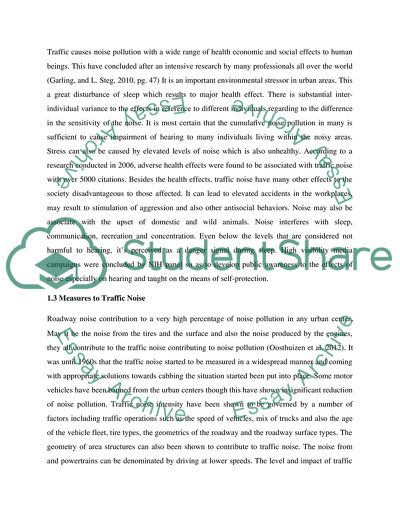Cite this document
(Traffic Noise Research Paper Example | Topics and Well Written Essays - 4750 words, n.d.)
Traffic Noise Research Paper Example | Topics and Well Written Essays - 4750 words. https://studentshare.org/engineering-and-construction/1849300-traffic-noise
Traffic Noise Research Paper Example | Topics and Well Written Essays - 4750 words. https://studentshare.org/engineering-and-construction/1849300-traffic-noise
(Traffic Noise Research Paper Example | Topics and Well Written Essays - 4750 Words)
Traffic Noise Research Paper Example | Topics and Well Written Essays - 4750 Words. https://studentshare.org/engineering-and-construction/1849300-traffic-noise.
Traffic Noise Research Paper Example | Topics and Well Written Essays - 4750 Words. https://studentshare.org/engineering-and-construction/1849300-traffic-noise.
“Traffic Noise Research Paper Example | Topics and Well Written Essays - 4750 Words”. https://studentshare.org/engineering-and-construction/1849300-traffic-noise.


